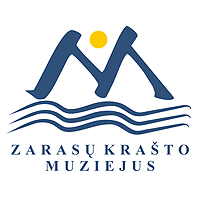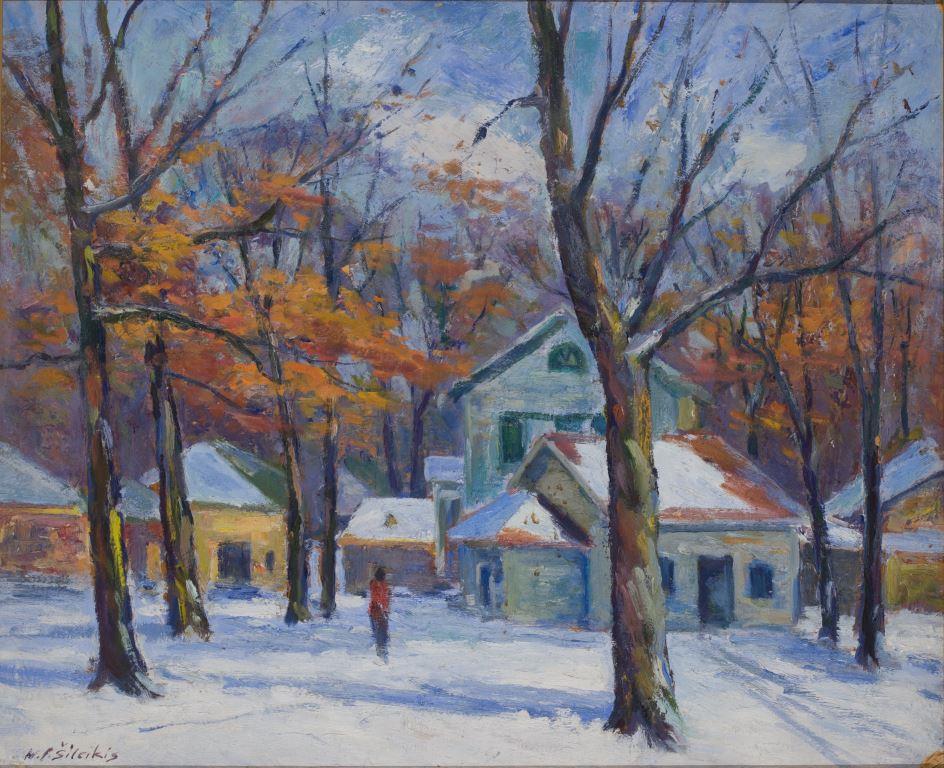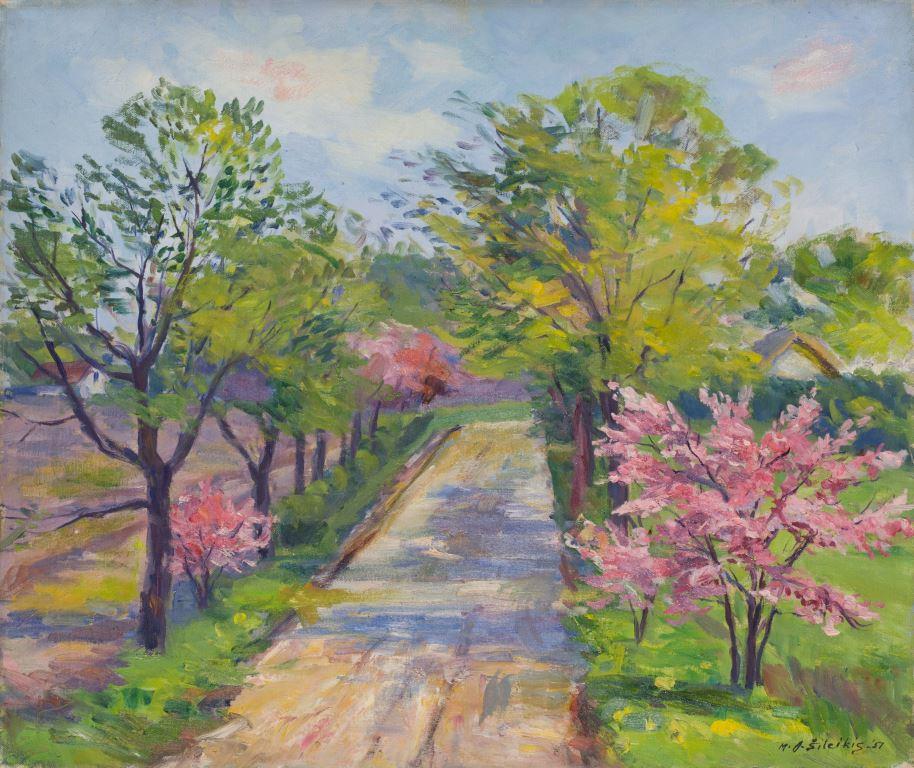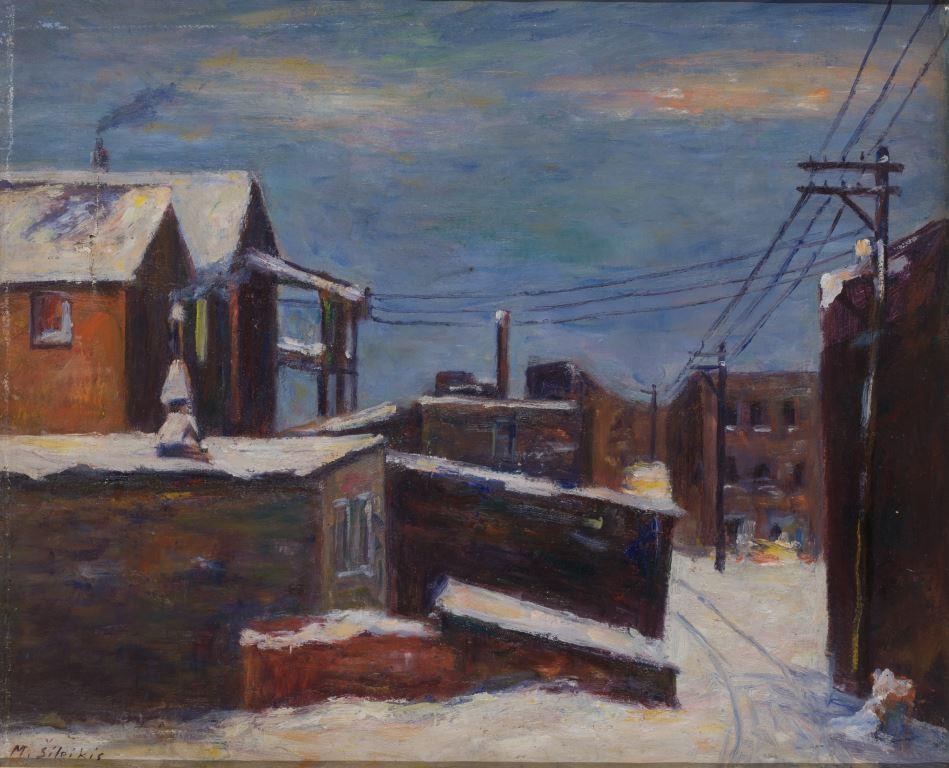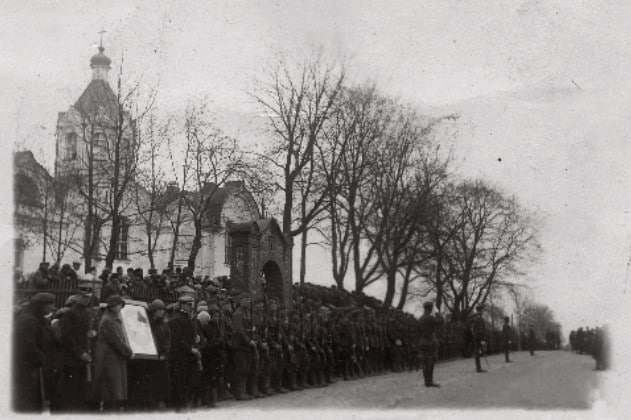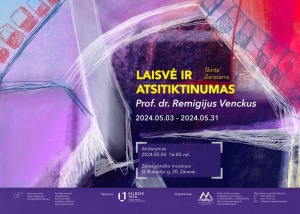Apie muziejų
ZARASŲ KRAŠTO MUZIEJUS

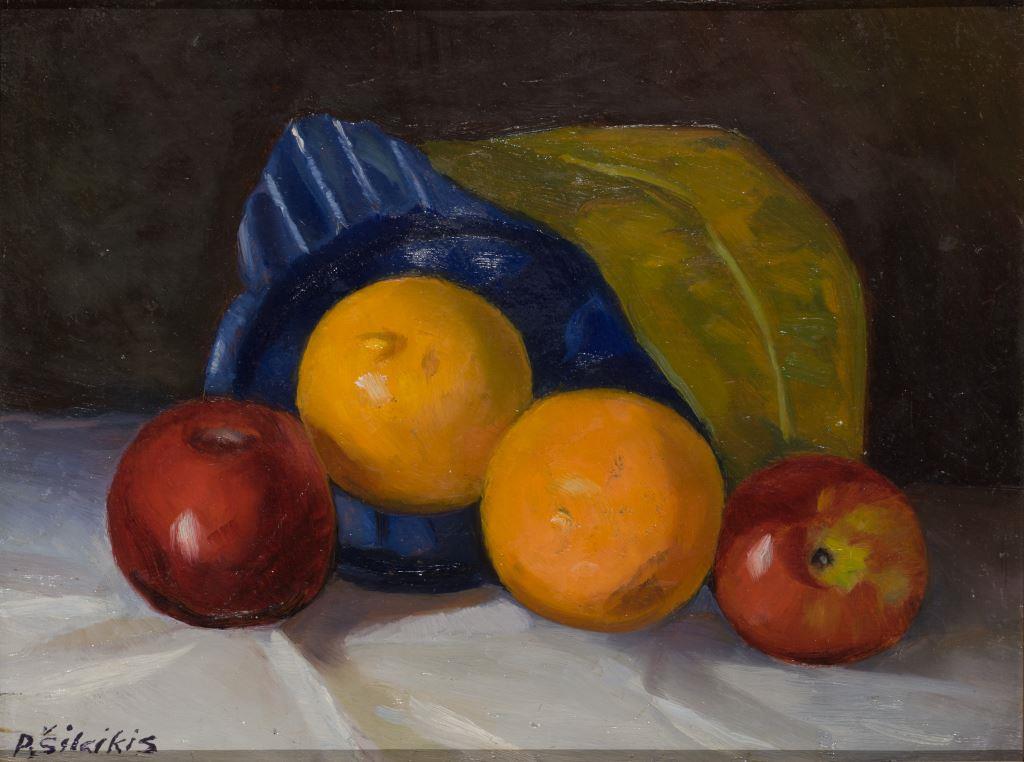


Naujienos
-
Nuo 1956 metų Algimantas Žilėnas vadovavo Antalieptės hidroelektrinės statybai, o nuo 1960 metų – Zarasų rajono elektros tinklams. Zarasų krašto žmonės jį atsimena ne tik kaip vadovą, bet ir kaip atsidavusį kraštotyrininką, kuris įnešė didelį indėlį į Zarasų krašto kultūrinį gyvenimą.
-
ATIDARYMAS: 2024 m. gegužės 3 d. 16:00 val. TRUKMĖ: 2024 m. gegužės 3-31 d. VIETA: Zarasų krašto muziejus, D. Bukonto g. 20
Muziejaus ir padalinių
Partneriai
Padaliniai

Pažiegės k., Dusetų sen., 32310, Zarasų r.
Darbo laikas: I–V: 09.00 val. – 17.00 val.
Tel. +370 672 73 406, +370 606 91929

Stelmužės bažnytinio meno muziejus
Ąžuolo g. 14, Stelmužės k., Imbrado sen., 32295, Zarasų r.,
Darbo laikas – gegužės 1 d. – rugsėjo 30 d.: III–VII: 11.00 val. – 19.00 val.,
spalio 1 d. – balandžio 30 d.: III–VII: 10.00 val. – 18.00 val.
Tel. +370 674 98 012

Amatų centras
Antazavės k., Antazavės sen., Zarasų r. sav., LT-32260
Darbo laikas – gegužės 1 d. – rugsėjo 30 d.: II–VI: 10.00 val. – 18.00 val.,
spalio 1 d. – balandžio 30 d.: I–V: 10.00 val. – 18.00 val.
Tel. +370 385 56180

Šarūno Saukos ir Nomedos Saukienės galerija
D. Bukonto g. 1, 32132 Zarasai
Darbo laikas:
III-VI – 10:00-18:00 val.
VII – 10:00- 16:00 val.
I-II bei švenčių dienomis nedirba
Tel. +370 385 42 135
